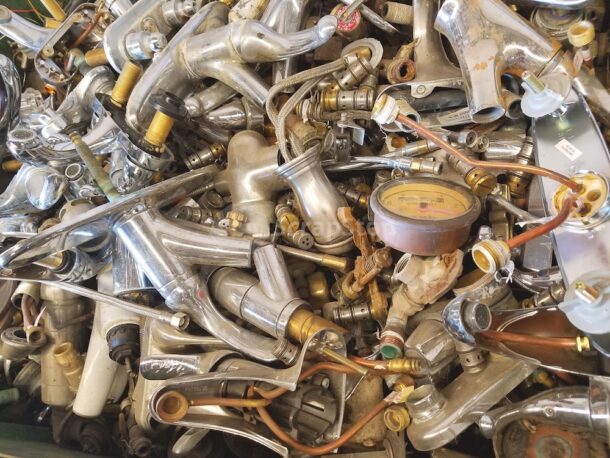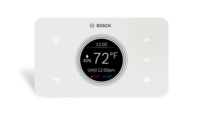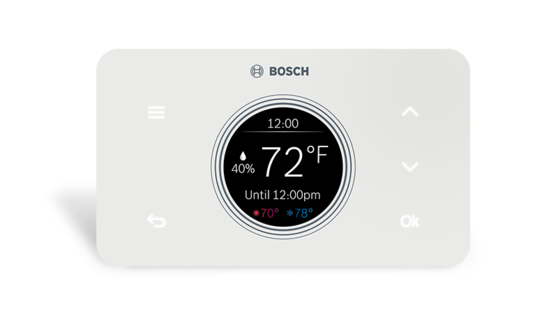We have to admit, as a society most Americans have become lazier, or perhaps we’ve been conditioned to expect more, faster, with little effort as possible. Literally never having to leave the house for items delivered to your front door is just one shining example. But, hey, what’s not to like? Yet, this begets a Read more
Amazon

We have to admit, as a society most Americans have become lazier, or perhaps we’ve been conditioned to expect more, faster, with little effort as possible. Literally never having to leave the house for items delivered to your front door is just one shining example. But, hey, what’s not to like?
Yet, this begets a larger problem. Because homeowners can get something cheaper delivered to them in a relatively short amount of time lends itself to receiving, what I call, in some instances, junk. Eliminating the professional plumbing installer is a problem in and of itself, but do we really know where these items come from? Take, for example, products within our own plumbing and HVAC markets? Tools, fittings, pumps, plumbing fixtures, etc., are now “flooding” the streets with no real traceable origin, and no compliance or testing to boot.

The issue of counterfeit or noncompliant products on various e-commerce platforms is a real concern of the industry. A couple of weeks ago, I attended the Plumbing Industry Leadership Coalition (PILC) and this topic of conversation came up; it was presented to the attendees that on behalf PILC—of what I call all of the acronyms in the industry (ASPE, PHCC, IAPMO, PMI, etc.)—a letter was being drafted to legal counsel at Amazon, for example.
In fact, one of the charter members of PILC mentioned that they had purchased 25 showerheads off of an e-commerce site. These items claimed to be nearly 2.0 gallons per minute, and when measured at local testing facilities, approximately 20 out of the 25 fixtures were actually near a 6.0 gallon per minute measurement. That’s a huge discrepancy.
And that’s just it. Getting stuff delivered to your door—relatively quickly and cheaply—can be good for your endorphins, but it also can be a huge problem. There is no testing, certification or compliance happening from these “third-party vendors.” As mentioned above, it can cause harmful risks, and could potentially cause a water sustainability problem. Again, therein lies the problem.
Realistically, what can be done about it? PILC suggests a number of action items, which include implementing a stricter verification process, ensuring that all legal and safety standards by either requiring certification or at least to verify that certification claims are true, and provide better transparency: provide clear information about the compliance and certification of products, making it easier for consumers to make informed decisions.

Bosch Thermotechnology announced an expansion today to its connected thermostat portfolio with the new Bosch Connected Control BCC50 Wi-Fi Thermostat. The BCC50 is a Bosch connected thermostat that is affordable while still providing high-end features such as smart device compatibility, remote programming and easy integration with HVAC systems. The BCC50 offers a 2.8-inch color screen with five Read more
Bosch Thermotechnology announced an expansion today to its connected thermostat portfolio with the new Bosch Connected Control BCC50 Wi-Fi Thermostat. The BCC50 is a Bosch connected thermostat that is affordable while still providing high-end features such as smart device compatibility, remote programming and easy integration with HVAC systems.

The BCC50 offers a 2.8-inch color screen with five illuminated touch buttons, a minimalistic design, and voice control via Amazon Alexa- or Google Assistant-enabled devices.
Users can integrate smart home apps with the BCC50 to remotely turn their thermostats on and off, change the temperature, and review current conditions and settings. Alexa or Google will recognize the device by its name, which users can customize in the Bosch Connected Control smartphone app.
They can also access intuitive functions such as app alerts, auto-on safety controls, and system air filter replacement reminders. Users can even set a schedule to ensure their Bosch Connected Control BCC50 meets specific heating and cooling needs.
The new smart device-compatible thermostat offers all the high-end bells and whistles at an affordable price point. Those features include:
- A 2.8-inch color screen with five illuminated touch buttons;
- Minimalistic, streamlined design aesthetics;
- Voice control via Amazon Alexa- or Google Assistant-enabled devices;
- Access and customization through the Bosch Connected Control app;
- An auto-on safety function;
- Scheduling abilities to meet specific heating/cooling needs;
- Regular maintenance air-filter change reminders; and more.
“Our goal with the BCC50 is to combine Bosch’s cutting-edge technology with an affordable price point,” said Joey Sung, senior project manager at Bosch Thermotechnology. “Users should not have to break the bank to enjoy comfort and quality.”
Whether through the app or device, itself, users can lock the thermostat to prohibit changes; manipulate temperature set points or modes; and monitor run times for the heating or cooling equipment, air filter, and water pad. HVAC professionals can leverage the advanced settings for better control and improved performance of the heating and cooling units and access to device logs.
